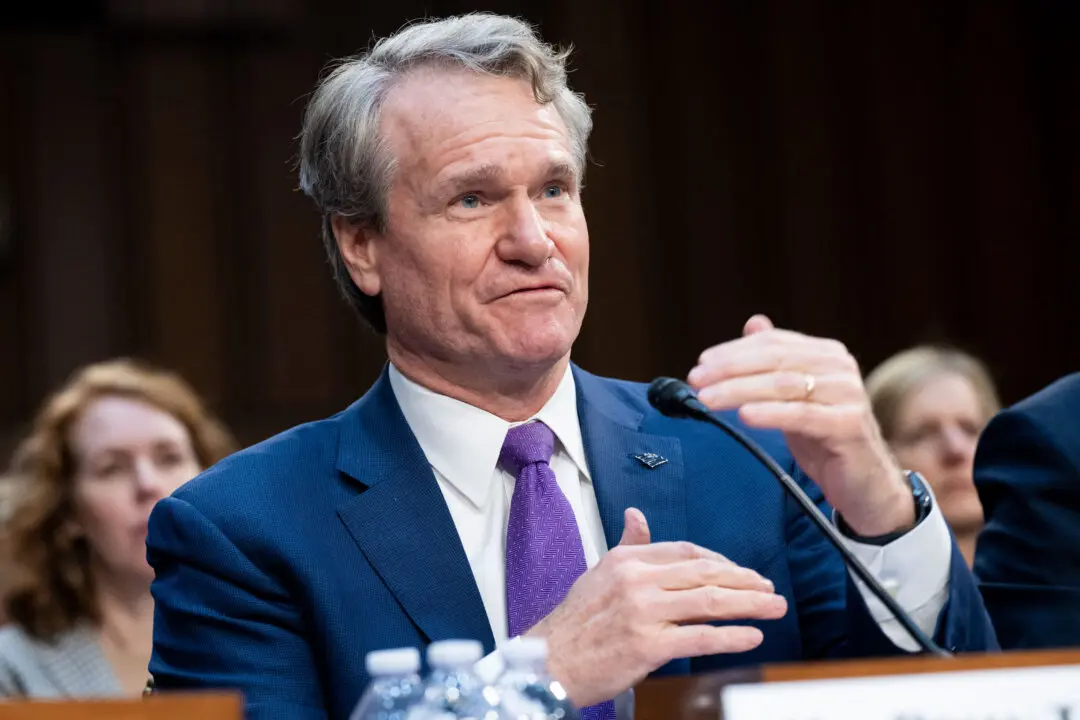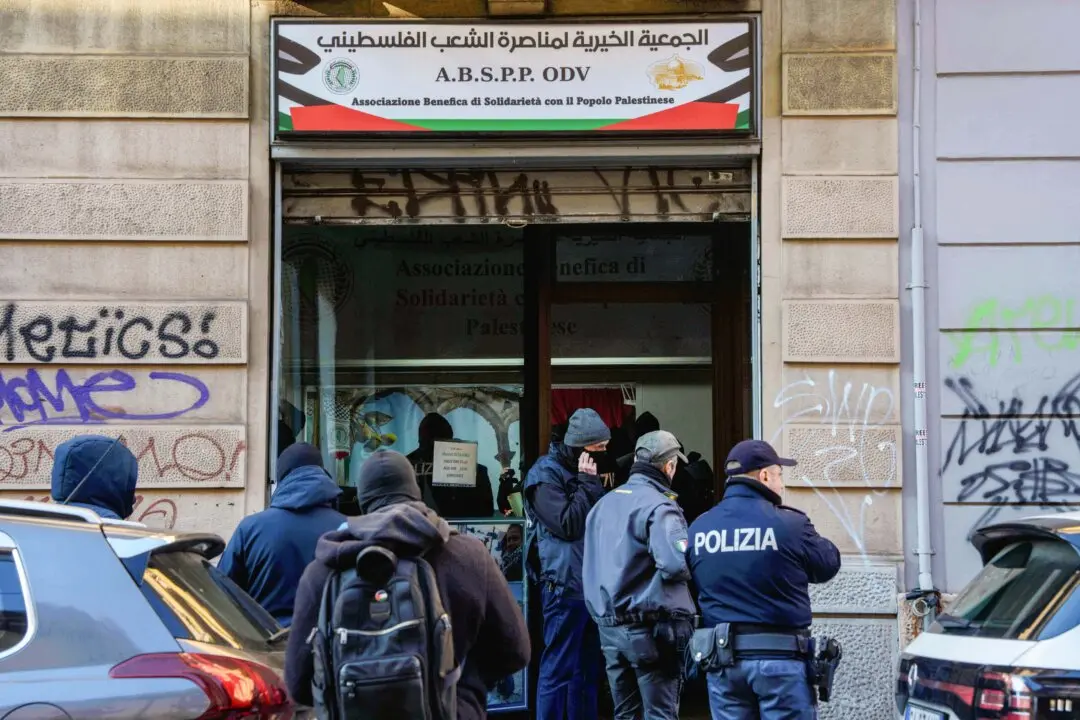U.S. stocks plummeted while safe-haven assets rallied on opening bell March 16, even as the Federal Reserve announced emergency monetary measures March 15, including a rate cut and other steps to boost credit supply to American businesses affected by the coronavirus outbreak.
A sharp drop in the S&P 500 triggered a 15-minute long trading shutdown when the exchange opened, with the benchmark index falling about 8 percent to trip its level one circuit breaker. The Dow Jones Industrial Average crashed 2,700 points at the stock market open, also triggering a temporary shutdown. Trading on both exchanges has resumed.





